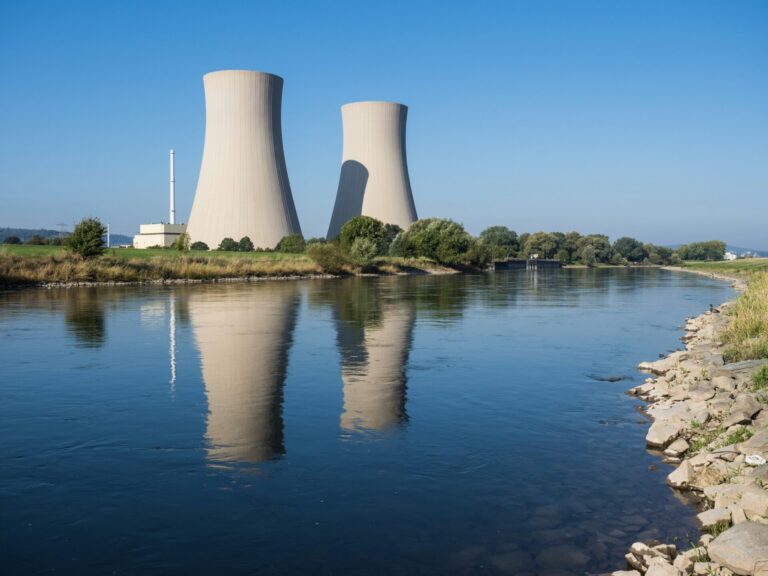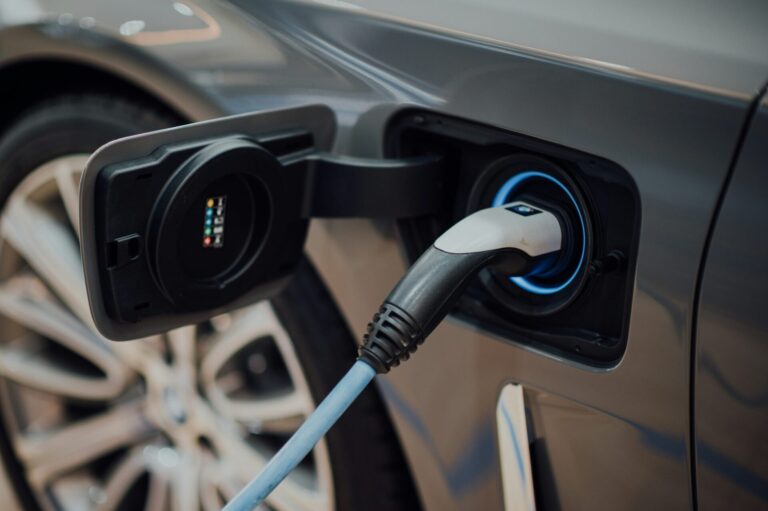Ofgem has taken a significant step toward simplifying grid access for clean energy developers in England and Wales. The regulator has approved a proposal from the National Energy System Operator (NESO) to raise the threshold at which distribution-connected projects must undergo transmission system impact assessments – from 1MW to 5MW.
This adjustment may appear minor on paper, but its implications for the UK’s renewable energy transition are substantial. For organisations developing solar, battery storage, onshore wind, or CHP solutions, this could unlock smoother, faster, and more cost-effective connections to the national grid.
This adjustment may appear minor on paper, but its implications for the UK’s renewable energy transition are substantial. For organisations developing solar, battery storage, onshore wind, or CHP solutions, this could unlock smoother, faster, and more cost-effective connections to the national grid.
The New Grid Threshold
Previously, any distributed generation project over 1MW was required to undergo a full assessment to determine its impact on the national transmission system. While necessary in some cases, these reviews introduced delays, added administrative complexity, and increased costs – particularly for mid-sized installations.
The new 5MW threshold means that hundreds of clean energy projects can now bypass this step. Ofgem estimates that approximately 350 developments could benefit from this change, unlocking nearly 700MW of capacity. For project developers, this presents an opportunity to connect assets to the grid more efficiently and with fewer regulatory delays.
Impact On Renewables Projects
This update will benefit a wide range of renewable and distributed energy projects, particularly those in the 1–5MW range, such as solar farms powering industrial estates, battery storage systems supporting peak demand management, or onshore wind turbines supplying local authority facilities.
For developers, businesses, and investors operating at this scale, the reform removes a major pain point in the grid connection process. These types of projects are strategically important for decentralised energy generation, helping strengthen local grid resilience and enabling organisations, from manufacturers to councils, to reduce their Scope 2 emissions effectively.
For developers, businesses, and investors operating at this scale, the reform removes a major pain point in the grid connection process. These types of projects are strategically important for decentralised energy generation, helping strengthen local grid resilience and enabling organisations, from manufacturers to councils, to reduce their Scope 2 emissions effectively.

Opportunities For Business
The threshold increase creates new momentum for commercial and industrial users considering on-site renewable generation. For businesses exploring solar or battery installations within their premises, the easier process can significantly improve project feasibility, speed of delivery, and internal investment case approvals.
Public sector organisations and local authorities also stand to gain, as do community-led projects that previously lacked the resources to navigate lengthy assessments.
Policy Alignment
The reform directly supports the UK’s Clean Power 2030 mission, decarbonising the electricity system by the end of the decade. Grid access has long been recognised as a bottleneck for low-carbon development, and Ofgem’s decision is one of several regulatory steps designed to address that.
This is a targeted change with a wide-reaching effect. It gives energy stakeholders – particularly those in the private sector – a clearer and more actionable route to support the UK’s net zero ambitions.
Ofgem’s decision is more than an administrative change – it’s a structural improvement that removes friction from a key segment of the UK’s energy market. With faster and simpler grid connections now possible, developers and businesses can move more quickly to deploy renewable technologies and future-proof their energy strategies.






